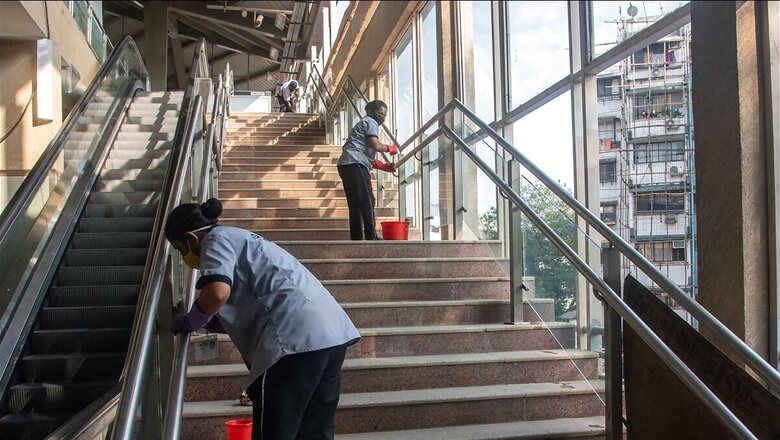
views
The sight of cities have changed drastically over decades. With high-rise building and lifestyle changes, one can say cities have modernized quite distinctly from what it was earlier. With millions flocking to cities in pursuit of better opportunities, urban areas are experiencing an unprecedented surge in population.
While urbanization brings economic growth and cultural vibrancy, it also presents a significant challenge – urban overcrowding. Although turning into metropolitans with people from different states and cultures making new homes away from their nests, these cities on the down side have been facing complexities of India’s urban overcrowding issue.
However, the urbanization trend in India is undeniable. Cities are hubs of economic activity, offering jobs, education, and improved living standards. But in recent times, the massive influx of people into urban centers has led to overcrowding, straining the very resources and infrastructure that draw people to cities.
Infrastructure such as housing, healthcare, education, and transportation are overburdened with lesser supply and more demand. In addition, it exacerbates pollution, strains natural resources, and even poses a threat to public health and overall well-being. Thus, it is imperative to address these challenges to create cities that are not just populous but also sustainable and liveable.
The Sustainable Urban Vision
Addressing urban overcrowding requires a holistic approach. Indian cities must adopt a sustainable urban vision that prioritizes the well-being of their residents while preserving the environment.
Thus, investing in sustainable infrastructure is paramount. Expanding and improving public transportation, creating walkable and bike-friendly cities, and developing smart urban planning strategies can alleviate congestion and reduce the environmental impact of urbanization.
In addition, preserving green spaces and creating urban parks is vital for maintaining the environmental balance within cities. These spaces not only provide recreational opportunities but also act as urban lungs, improving air quality and also mitigating the continuous heat, which is a result of rising global warming.
Affordable Housing Solutions
Affordable housing is a pressing need in overcrowded cities. Governments, in collaboration with the private sector, must work to provide housing options that cater to a wide range of income levels. Innovative approaches, such as mixed-income housing developments, can help address this challenge. Also, governments should closely monitor the private players and keep a tab on the proposed rates so there is uniformity and balance between real estate developers and buyers.
In addition, the government must ensure that real estate projects adhere to the sustainable norms while providing ample space between apartments for air circulation and sunlight. This reduces the stress on electrical supply while also providing a healthier lifestyle. More greenery and ecological practices such as rain water harvesting should be kept in mind during constructing real estate projects.
Waste Management and Sustainability
Sustainable waste management practices, including recycling and waste-to-energy programmes, can help reduce the environmental footprint of urban areas. Community involvement in waste reduction and recycling efforts can make a substantial difference.
Taking this forward, cities can leverage technology and innovation for smart and sustainable urban development. Smart city initiatives, digital infrastructure, and data-driven decision-making can improve the efficiency of city services and enhance the quality of life for residents.
However, ultimately, achieving sustainable cities in India’s future requires the active participation of the public and advocacy for policy changes. Citizens, community organizations, and civil society must engage with local governments and policymakers to push for sustainable urban planning, equitable resource allocation, and inclusive development.


















Comments
0 comment